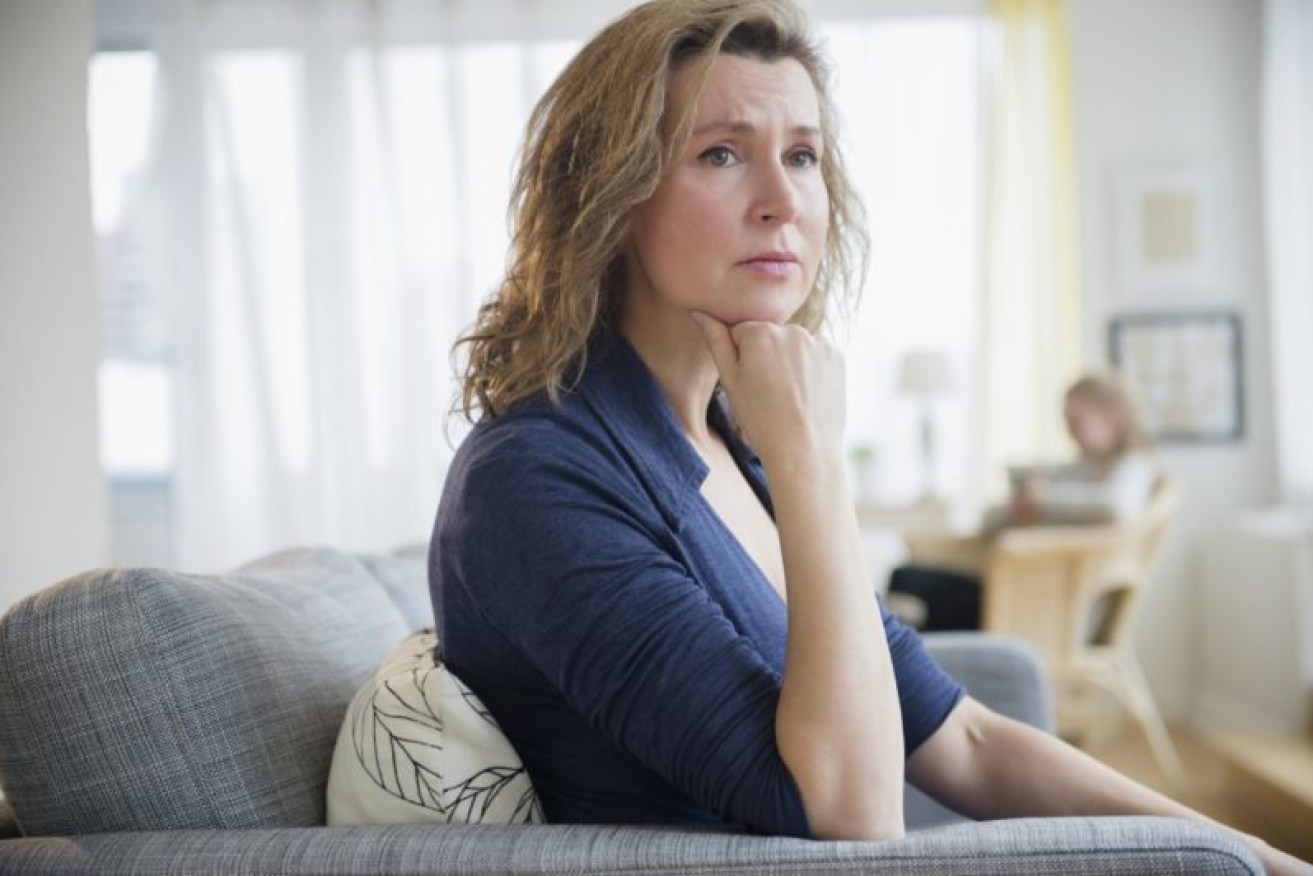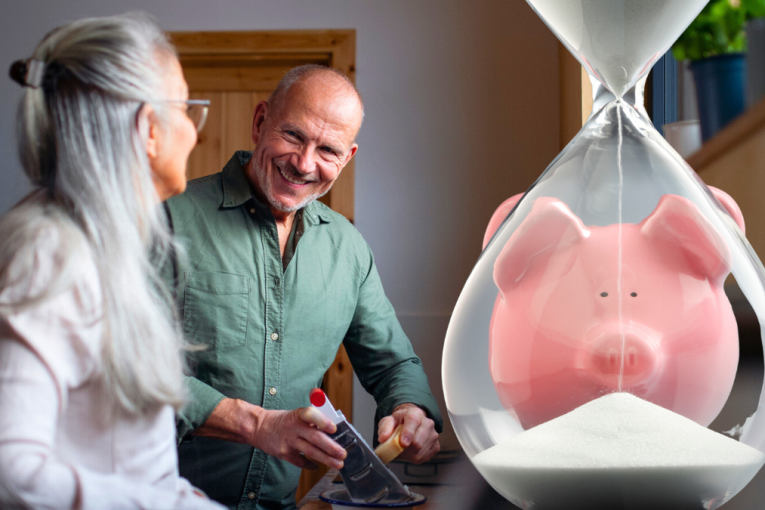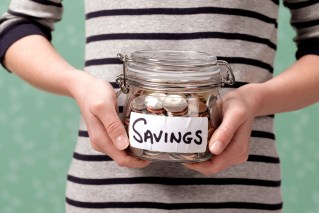Women and singles will struggle to get a comfortable retirement


If you're a woman and single, retirement can be a scary thought. Photo: Getty
Around 75 per cent of couples will enjoy a comfortable retirement, according to figures from the Commonwealth Bank’s latest Retire Ready Index, but the forecast is not so rosy for many of our futures.
The CommBank report found that, across the board, 7.7 million people (52 per cent) aged between 25 and 64 can expect a comfortable retirement. That leaves 5.1 million (47 per cent) of Australians unlikely to have enough put aside for their later years.
If you’re a single woman or a single man, the news is even worse. Only 22 per cent of single women can expect a comfortable retirement and 31 per cent of single men the same.
The report, produced by CBA and super consultancy Rice Warner, uses the Association of Superannuation Funds of Australia’s definition of a comfortable retirement, annual income of $59,619 for a couple and $43,372 for a single homeowners, to set its benchmarks.

Your retirement prospects depend on gender and relationship status. Source: CBA
The survey highlights the central role the age pension plays in the future retirements of Australians. Only 20 per cent of couples could afford a comfortable retirement without the pension along with 17 per cent of single males and 9 per cent of single women.
The news, however, is not all bad for those who don’t quite make the grade. The report observes that “44 per cent of singles and 94 per cent of couples are almost retire ready and projected to have between 80–90 per cent of what is required for a comfortable retirement”.
Ian Yates, CEO of peak body COTA Australia, said “in a sense the results are a positive with 53 per cent of Australians expecting to have a comfortable retirement. Two decades ago (at the beginning of compulsory super) retirement for most people meant living on the pension”.
The survey includes the effects of the recent changes to the age pension assets test which have seen 8 per cent of pensioners, or 318,000 people, lose part or all of their age pension.
Nathan Bonarius, researcher with Rice Warner and one of the authors of the report, said “the changes to the assets test might not have changed the results of the research all that much. That’s because the new maximum asset levels are not that different to the figures needed to fund retirement in the report”.
Here’s what he’s talking about. The figures show that for both singles and couples who own homes and are retiring soon, the assets test limits of $542,000 and $816,000 will buy the necessary comfortable retirement fund detailed below.

Here’s what you’ll need for a comfortable retirement. Source: CBA
The figures highlight another aspect of gender inequality. The survey found that low retirement saving levels mean that only 85 per cent of women across all age groups and income levels are likely to live a comfortable retirement, compared to 102 per cent for men.
All figures in the survey assume home ownership and renters will need more savings.
But the above figures show that not only do women have lower savings levels, a comfortable retirement will cost them more than for a man. That’s because women live longer and are considered by ASFA to have higher living costs.

Beth Gaze says women need legislative help.
Beth Gaze, a law professor at the University of Melbourne, told The New Daily that inequalities experienced by singles and women in retirement would need legislative remedies. ” Maybe the government needs to accept that single people don’t enjoy the economies of scale that couples have and therefore need more government support in retirement.”
“For women a lot of the inequality stems from the fact they take more responsibility for child care. While a lot of companies now offer good parental leave payments, lower income women are often left on the minimum payments provided by the government.”
“Perhaps its time for the government to view that as in important welfare issue and boost the payments,” Professor Gaze said.
There’s also bad news for Gen X and Y’s in the above table. Because they will benefit from the coming advances in medical technology, they are expected to live longer. While that’s a blessing, it also means they’re going to have to save more for retirement.

Younger people are more on track for retirement.: Source: CBA
But given they will work a lot of their lives on a super guarantee of 12 per cent (it’s 9.5 per cent now), they’ll have help to build bigger balances. Indeed, the table shows both males and females in the 60-64 age group are in the worst position.








